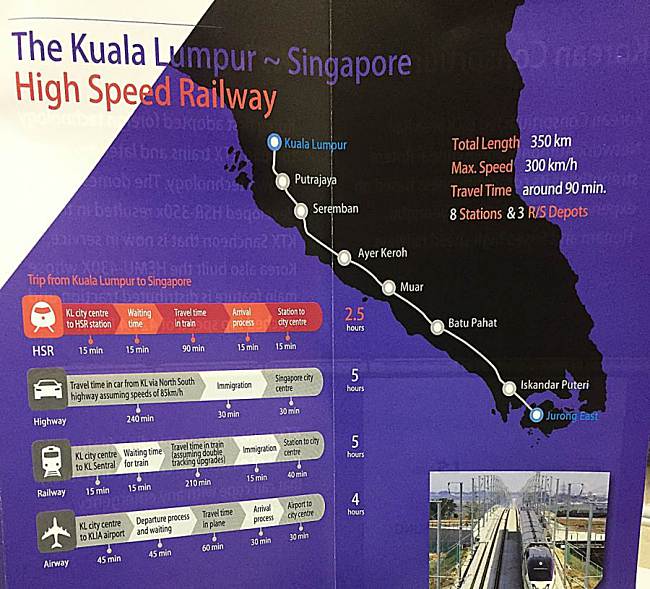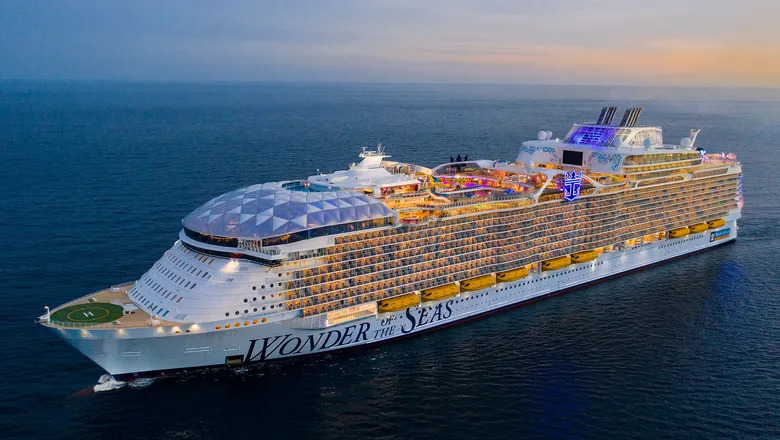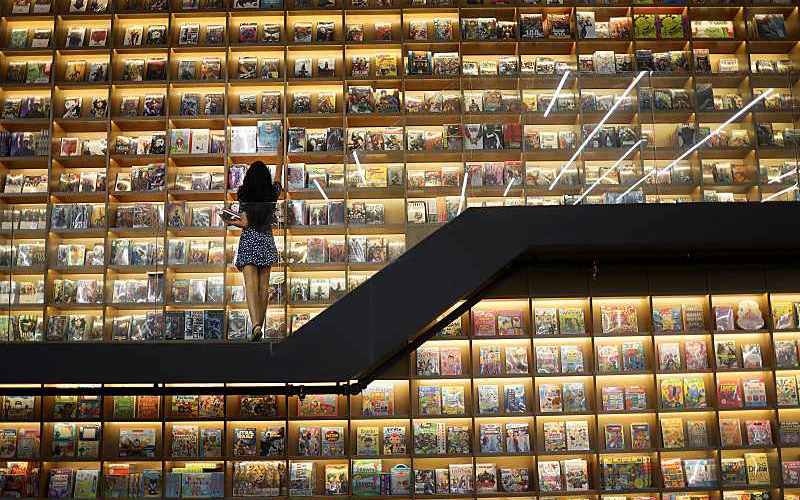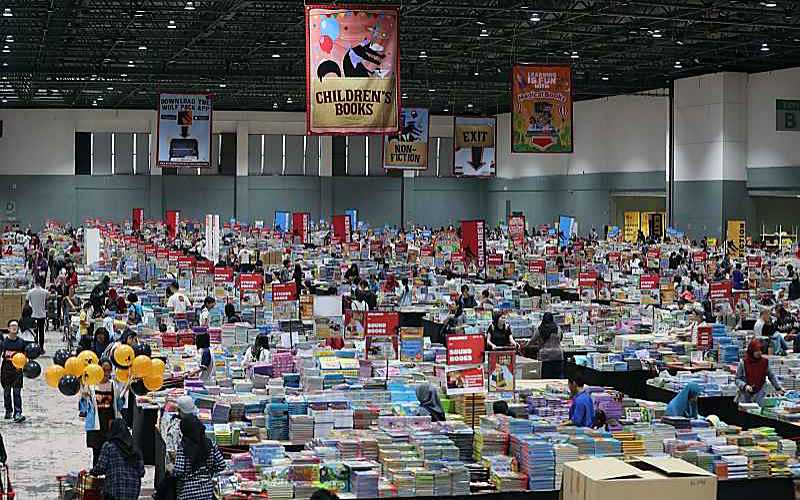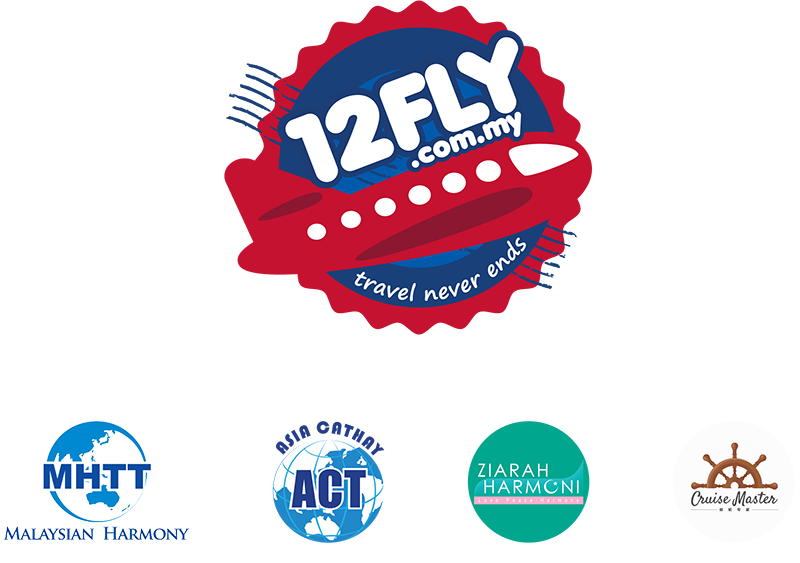5 Q&A ABOUT KOREAN CONSORTIUM FOR KL-SG HSR PROJECT
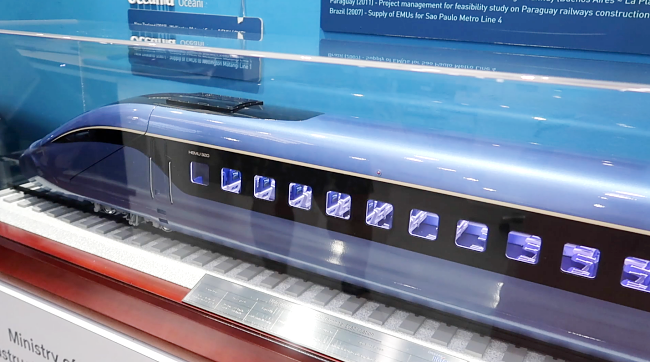
#1 Some people are opposed to the construction of KL-SG HSR. Do you think this mega-sized project is really needed?
Investment in transport infrastructure is very important as it serves as a country’s long-term growth driver. Of course, there can be different views about the method and timing of the investment. From my point of view, I think the construction of HSR is very timely for Malaysia to achieve Vision 2020 and I believe Malaysia will definitely benefit from this investment. Compared to Korea which launched the HSR project in 1992, it is hard to say that Malaysia is not prepared for this project looking at its social-economic foundation.
Korea also faced many political debates during the initial stage of HSR project and opposition voices rose too, mainly among the NGOs. Some said that we should scrap HSR and save costs by building new highways instead, and some suggested that we should just expand the existing railways. However, nobody argued about the feasibility of HSR anymore after the HSR was completed, because the HSR has largely improved Korean people’s quality of life. HSR reduced people’s travel times to less than 2 hours, boosted the local economy surrounding the major railway station areas and largely strengthened the technology of related industries. That is why after the first Gyeongbu HSR was built, Korea continued to build more HSR links like the latest Honam HSR and it is now also looking to build faster trains.
Based on Korea’s experience, I believe it is very timely for Malaysia to promote the HSR project and it will definitely serve as a momentum to contribute to Malaysia’s economic development.
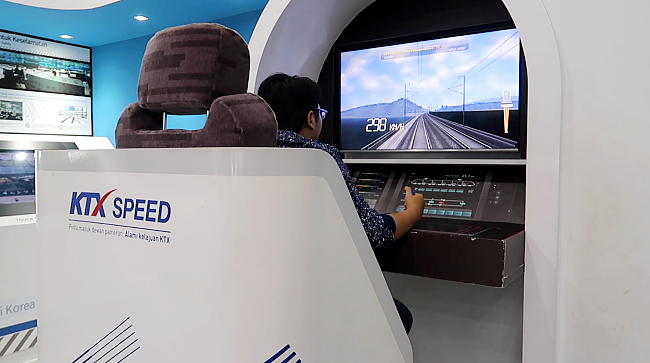
#2 How is Korea getting ready for the HSR project? What are the future plans?
Korean Consortium for KL-SG HSR project was set up in October 2015 by the government investment body Korea Rail Network Authority (KRNA) and major private companies including Hyundai Rotem and Hyundai Construction. In July 2016, the consortium was restructured based on AssetsCo and InfraCo business model after the MoU between Malaysia and Singapore was announced. Currently, the consortium is working on the establishment of the optimized business model for KL-SG HSR project.
The Korean consortium will be establishing a cooperation network with local companies to conduct detailed on-site study, device plan for technology transfer and financing ahead of the project bidding process.
#3 Please tell us about Korean government’s intention towards this project.
Korea has formed a consortium in October 2015 to join the KL-SG HSR project and so far it has been actively promoting its technology by organizing a number of technology exchange events with SPAD and MyHSR, and also opened this KTX Showroom in November 2015. So far, the Speaker of National Assembly, Minister and Vice Minister of Land, Infrastructure and Transport have expressed desire to join the bid for HSR during their visits to Malaysia. Since the tender will open in the 4th quarter of this year, Korean government is now supporting to prepare for a competitive financial packages suitable for this project and set up the competitive grand HSR consortium by recruiting various global companies.
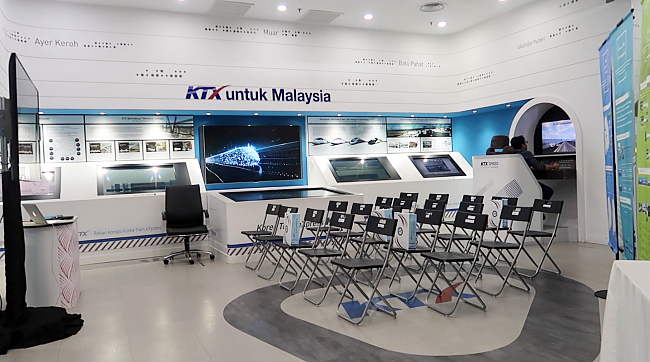
#4 What are Korea’s advantages over other competitors?
Although Korea’s HSR has relatively short history, we have our own advantages incomparable to other competitors. First of all, in 2014, Korean ranked first in the International Union of Railway's performance assessment in both railway safety and an on-time performance rate. In particular, Korea is maintaining its reputation for safety and reliability of railway system with zero casualties recorded since the operation. Moreover, Korea has recently secured an advanced train technology by developing the High-Speed Electric Multiple Unit(HEMU 430) which reaches a top speed of 430 km/h.
As demonstrated by many Korean construction companies, Korea’s HSR has excellent quality and air-compliance capability, and world-class technology. In terms of technology transfer, Korea developed HSR technology through government-oriented national R&D platform so it is able to transfer the technology more easily than other countries. As such, Korea is planning to create a distinguished and efficient business model based on its HSR experience and advantages.
In terms of quality, air, safety and technology, I am confident that Korea’s HSR is the best choice for KL-SG HSR project.
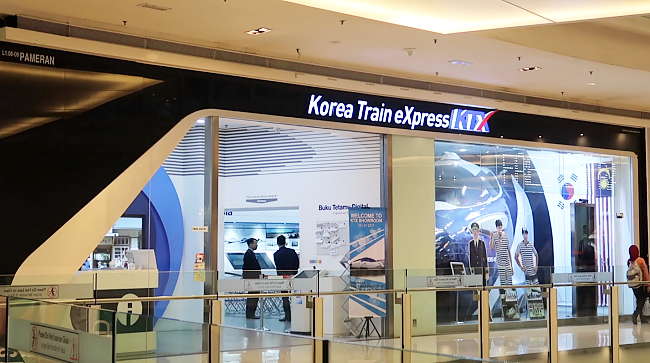
#5 Korea has been running the KTX Showroom all this while, how is the response so far?
One and half years have passed since the KTX Showroom opened on 23rd November 2015. Unlike China and Japan showrooms which were only operated for a short term, Korea’s Showroom has been operating as a permanent establishment and the showroom has received a total of 350 thousand visitors so far with average 600 visitors per day. Other than general public, government officials from SPAD and MyHSR as well as foreign tourists have visited the showroom and learned about Korea’s HSR technology.
I think that KTX Showroom has contributed to enhancing people’s awareness of Korea’s HSR and in addition to Korea’s positive image generated through K-pop and K-drama, such efforts could definitely lead to successful bidding of KL-SG HSR project.
KTX Showroom / Exhibition Hall
Nu Sentral Mall (Level 1)
10am-10pm
Admission fee: Free

Korea Tourism Organization (KTO) Malaysia is back with the DKYW booklet. More exciting coupon deals and free gifts in Korea are waiting for you, covering every aspect of your trip, from public transports and intercity tours to theme parks, performances, shopping, restaurants, and hotels.
For more information on KTX for Malaysia or DKYW Booklet, visit http://www.visitkorea.com.my/

